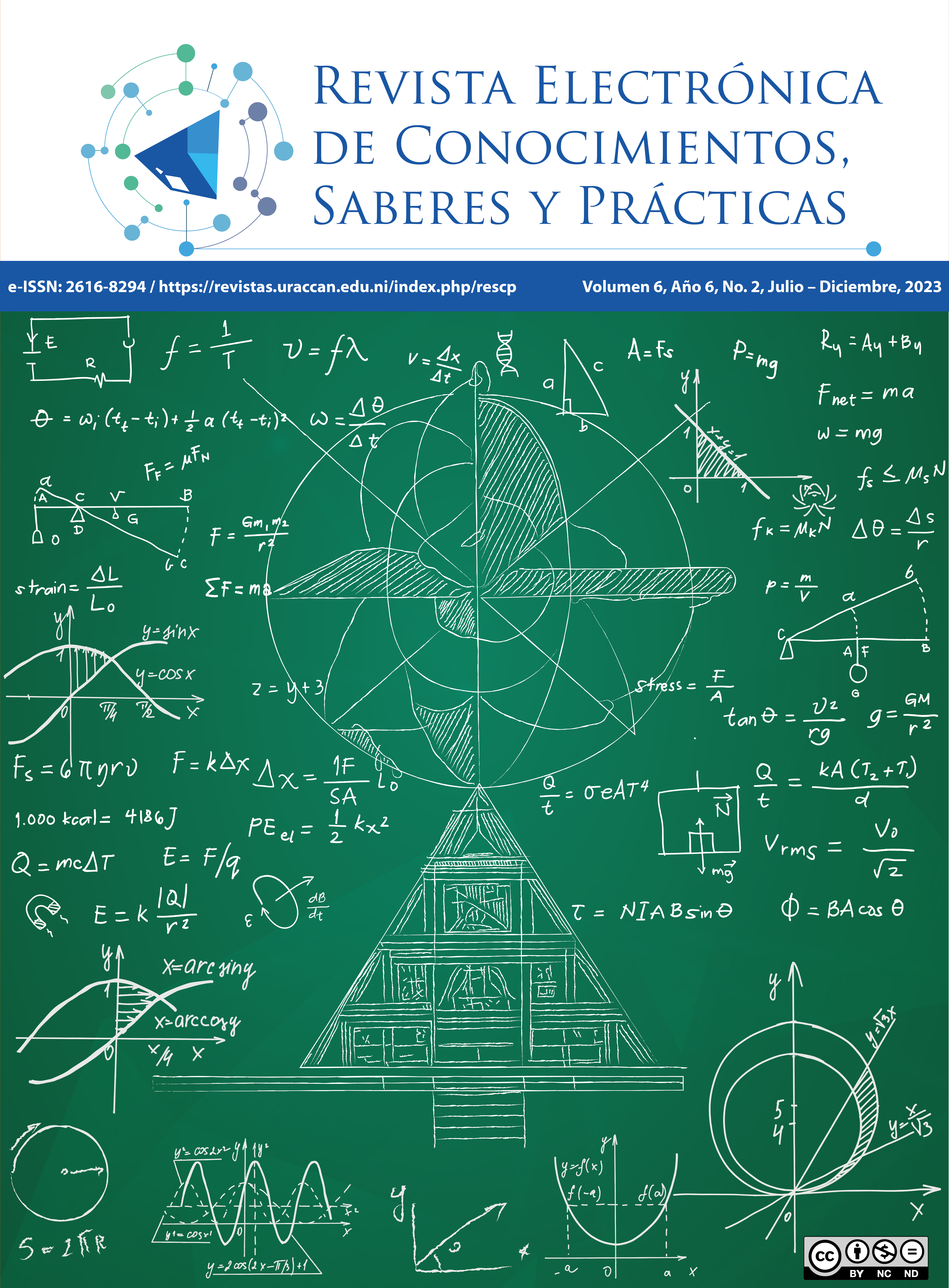Análisis descriptivo de la percepción de estudiantes universitarios de URACCAN sobre Interculturalidad
Resumen
La Costa Caribe de Nicaragua cuenta con una historia caracterizada por la diversidad cultural de los Pueblos Indígenas, Afrodescendientes y Mestizos costeños, razón que determina a la comunidad educativa de URACCAN, entre docentes, personal administrativo y su colectivo estudiantil, el cual vive en la interacción, convivencia y formas de relacionarse entre sí. El presente trabajo es un estudio que analiza desde la descripción la percepción de la interculturalidad en la mirada de los estudiantes. Los datos analizados son guiados por el paradigma cuantitativo a través de la categorización y descripción de los mismos, mediante la estadística, el análisis de la consistencia interna del cuestionario, el análisis de componentes principales y un estudio descriptivo de los datos.
Entre los principales resultados, se puede mencionar que la Escala EEI aplicada a los estudiantes de URACCAN, evidenció que, estos en su mayoría tienen una percepción positiva hacia la interculturalidad, destacando la influencia de variables tales como la etnia, el sexo, la procedencia y la carrera del estudiante. En el análisis de las sub-escala Eficacia, Actitud y Experiencia, el comportamiento tiene sus variantes, principalmente en la dimensión Eficacia en comparación con las de Actitud y Experiencia. En la primera de esta (Eficacia), predomina la indiferencia, sin embargo, en actitud y experiencia, mayoritariamente los estudiantes responden de forma positiva.
Los estudiantes conviven en un contexto multicultural, mismo que favorece las relaciones interculturales y por ende los resultados en las subdimensiones de actitud y experiencia.



